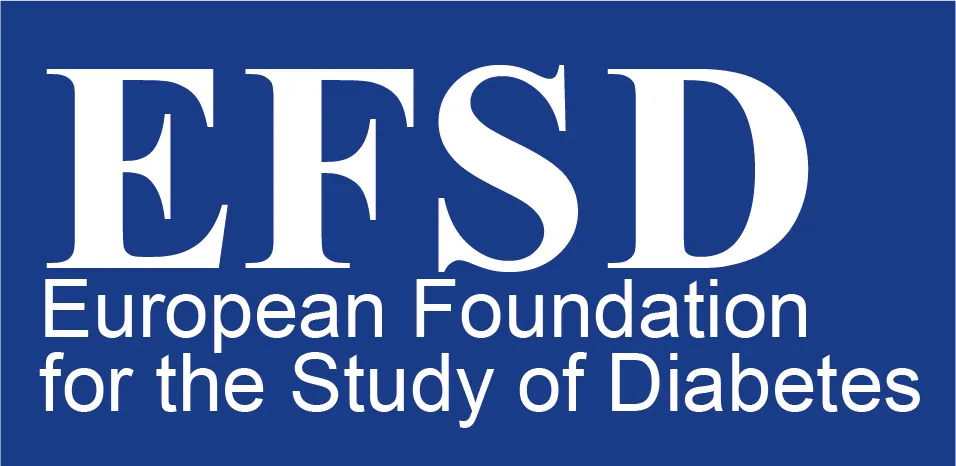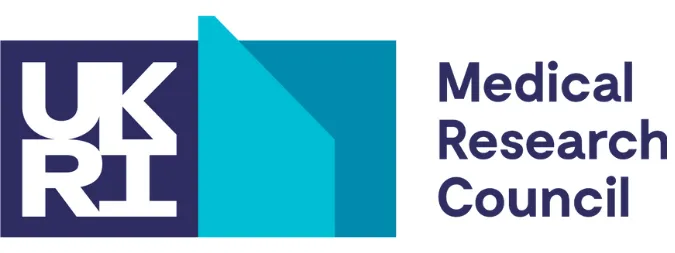We are interested in understanding how mitochondria are involved in diabetes and its complications. The group also has an interest in developing methods to study mitochondrial dysfunction in complex diseases and in strategies for improving mitochondrial function.
Our Partners

European Foundation for the Study of Diabetes

European Commission

Diabetes Research & Wellness Foundation



